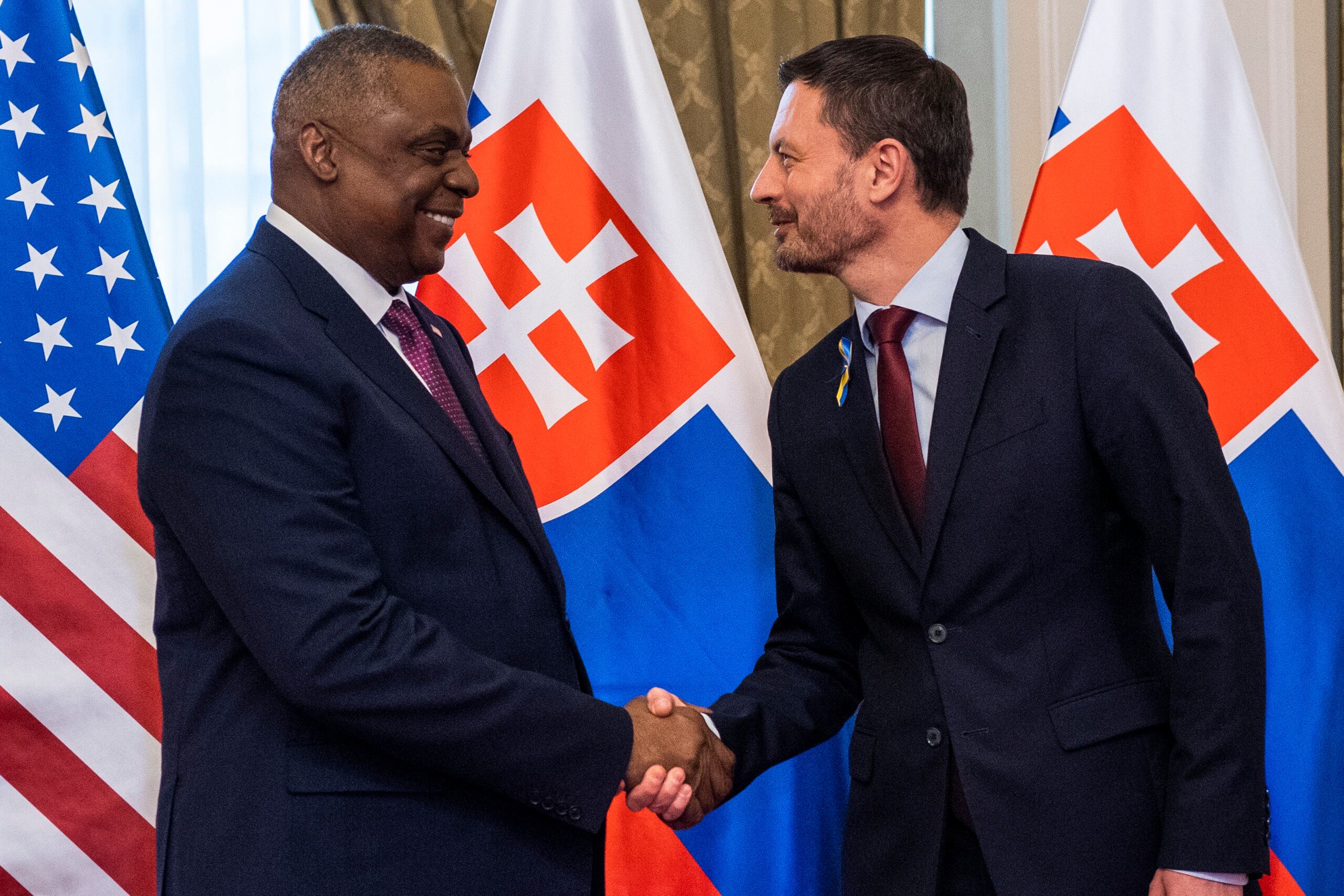WASHINGTON ― The U.S. has approved another $100 million in Javelin anti-tank weapons for Ukraine from U.S. military stocks, for a total of $1.7 billion in U.S. aid committed since Russia’s invasion.
“I have authorized, pursuant to a delegation from the President earlier today, the immediate drawdown of security assistance valued at up to $100 million to meet Ukraine’s urgent need for additional anti-armor systems,” Secretary of State Antony Blinken said in a statement on Tuesday.
Ukraine’s use of Javelins and anti-aircraft Stinger missiles supplied by the U.S. and its allies has taken center stage in Ukraine’s fight to repel Russia. U.S. defense officials credit Javelins with blunting Russia’s armored forces and Stingers with denying Russia air superiority ― all while Russia’s forces are stumbling logistically and cannot link their air and ground power.
“The Javelin, the Stingers have proven to be very, very effective in this fight. We’ve also learned that just because you have the capability, it doesn’t mean that you’re going to overwhelm another force easily,” Defense Secretary Lloyd Austin said of Russia during a House Armed Services Committee hearing Tuesday.
“The Russians … have significant mechanized capability, but as you look at the techniques and tactics, procedures that they used, they were not very effective,” Austin said.
RELATED

At the hearing, Air and Land Subcommittee chairman Donald Norcross, D-N.J., asked Joint Chiefs Chairman Mark Milley whether the shipments of U.S. weaponry could be depleting supplies to risky levels.
“We have a strategic stockpile that has been formulated based on risk over the years,” Norcross said. “Are we anywhere close right now to depleting what we need ... for our own protection?”
Milley told Norcross the answer is no.
“What we’ve supplied is a wide variety of small arms munitions, machine guns, grenades, grenade launchers,” Milley said. “We’re still meeting our mission requirements for Javelin, so we’re not breaking any of those red lines.”
Since Congress allotted the Pentagon $3.5 billion to backfill its supplies as part of a $1.5 trillion government spending package signed into law last month, the department has been trying to figure out how to do it.
The U.S. Army’s acquisitions and logistics chief, Doug Bush, said at a March 25 Defense News event Javelins are “at a high production rate, but they can go higher” with industry’s help. To replenish stocks for the Javelin and the Stinger, which is in low-rate production primarily for foreign customers, the Pentagon would need to address some supply chain concerns.
“We’re working through those issues right now,” Bush said. “Congress provided a large amount of money in the omnibus to help us replenish our stocks, which we greatly appreciate, and we are very close to being ready to inform Congress of our first moves in that direction.”
Raytheon Technologies produces Stingers and a Raytheon-Lockheed Martin joint venture makes Javelins.
Norcross told Defense News the issue raises the question of whether to spend money accelerating production on older weapons for Ukraine that the U.S. military isn’t using. It also highlights the defense industrial base’s broader weaknesses in the area of ammunition and its components.
“There is nothing preventing the United States from helping our friends in Ukraine with Stingers and Javelins. We have a strategic reserve of these items,” Norcross said: “What I also want bring into the conversation is many of those weapons that we’re talking about are of a design of decades ago. Is it the best use to reengage those lines or to upgrade? How long will that take versus what we need? What might we potentially need for Ukraine or other countries?”
The new authorization follows $300 million in aid the Pentagon announced last week it would expedite, and would mark the sixth drawdown of arms, equipment, and supplies from Pentagon inventories for Ukraine since August 2021. An $800 million security package announced March 16 included 800 Stinger and 2,000 Javelin systems.
Joe Gould was the senior Pentagon reporter for Defense News, covering the intersection of national security policy, politics and the defense industry. He had previously served as Congress reporter.




